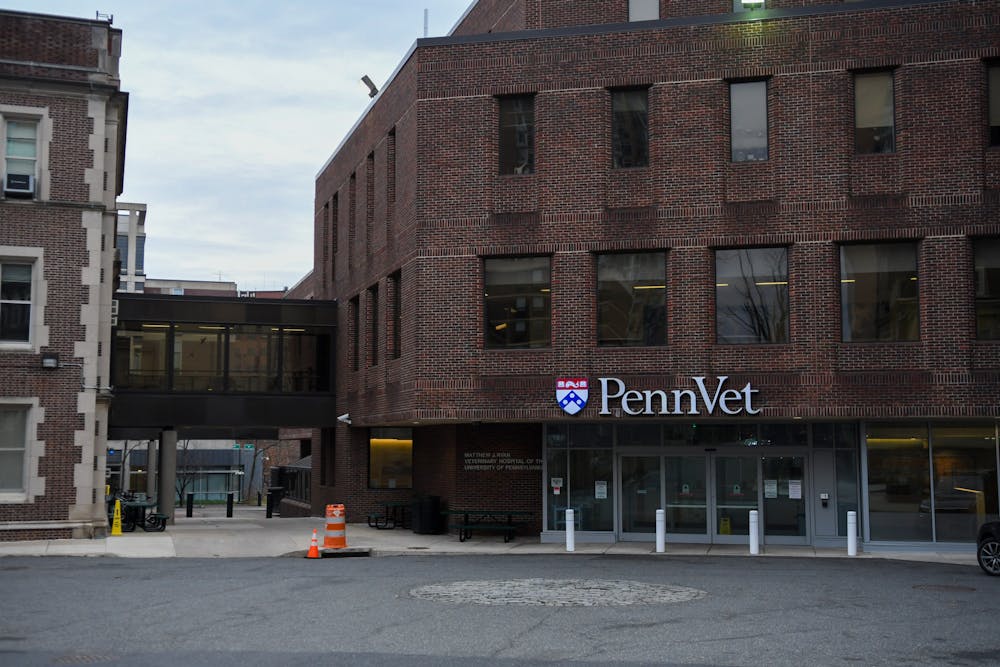
Researchers at Penn are continuously monitoring instances of avian flu for potential outbreaks.
Avian flu, or avian influenza, has been continuously present in poultry and wild bird populations worldwide. According to the CDC, bird flu has caused recent human cases in dairy and poultry workers in the United States, though the risk to the public remains low.
Assistant professor at the School of Veterinary Medicine Aliza Simeone explained that “typically, [avian flu] hasn’t been a major problem for other types of birds, or definitely not for mammals.”
However, following a large-scale outbreak of avian flu in the 1980s within Pennsylvania, researchers are more cautious of the virus.
“That made us really take avian influenza seriously long before other states,” Simeone said. “We developed this whole laboratory surveillance system.”
She added that in Pennsylvania, there are three national animal health laboratory network labs that can test for avian influenza — “which is a lot,” Simeone said.
Nevertheless, researchers continue to regard avian flu as a rising threat.
Postdoctoral researcher Lambodhar Damodaran says that the risk avian flu potentially poses is “high.”
“Previously, we’ve never seen this type of influenza infect cows before, and when this happened, we’ve seen wide-scale emergence in domestic cow production, which is quite concerning,” Damodaran said.
He also explained that “the thing about influenza is that they’re very dynamic, and when you give them a lot of chance to get through a population, it has a chance to mutate.”
However, as the virus has yet to spread to humans, it is still “considered to be a very low risk” to people, Simeone said.
“Mostly, what we’ve seen has been people getting mild infections,” she said.
Simeone added that the number of infections in the United States has been “fewer than 100 total,” with the majority of cases coming from “people working in infected dairies.”
Both Simeone and Damodaran urge students to take precautions if handling dead birds, and not to drink raw milk.
“Pasteurization is very effective in getting rid of [avian influenza], but we have seen that the virus is very competent in milk,” Damodaran said.
Currently, Penn researchers are closely monitoring and developing safeguards against any potential outbreaks.
“We have some great labs that are actually doing a lot of mRNA virus vaccine development,” Damodaran said.
Perelman School of Medicine professors Scott Hensely and Drew Weissman are researching new mRNA vaccines to resist avian influenza.
In an interview with Penn Today, Hensley explained that the duo is “developing new vaccines against these H5 viruses," and "increasing our surveillance activities with the goal of carefully monitoring this virus in the state of Pennsylvania and beyond.”
In addition to vaccine development, progress is being made to control the spread of the flu on farms.
“We have people in the field, working with actual farms, trying to help them get better infection control, getting them enrolled in the voluntary surveillance programs for milk,” Simeone said.
She added that the Annenberg Center was working on public messaging surrounding the flu and helping people be aware and cautious.
“It’s really important for people to understand that public health only works when people are informed about things,” Damodaran said.
The Daily Pennsylvanian is an independent, student-run newspaper. Please consider making a donation to support the coverage that shapes the University. Your generosity ensures a future of strong journalism at Penn.
Donate












